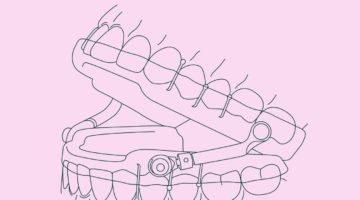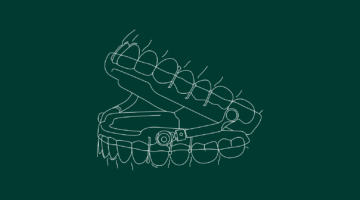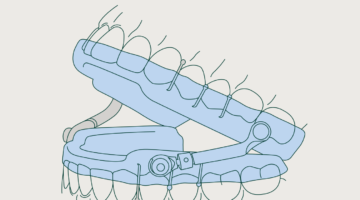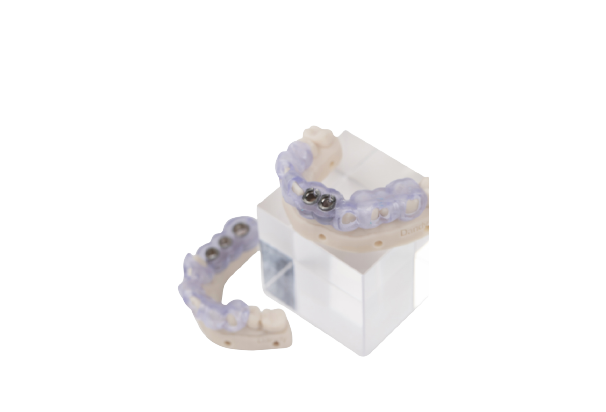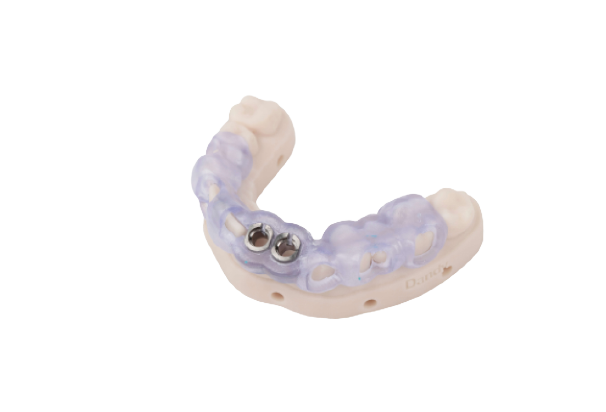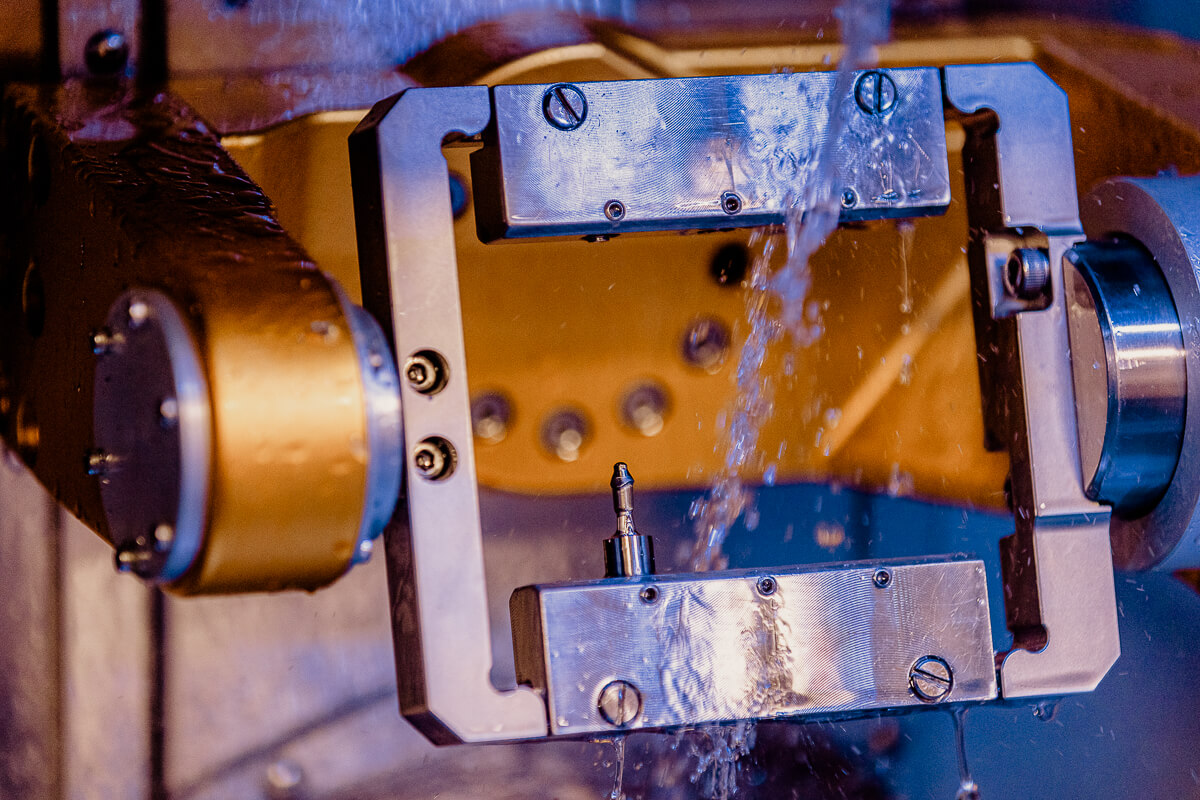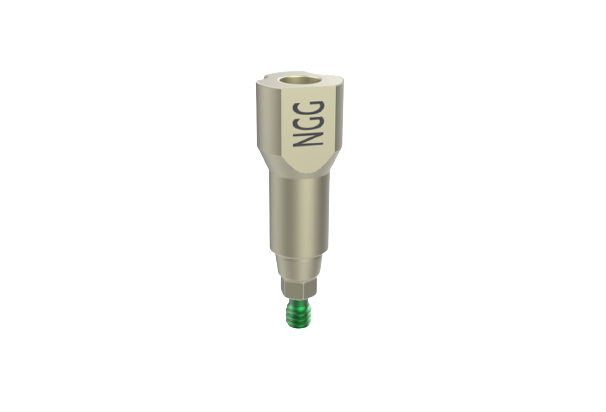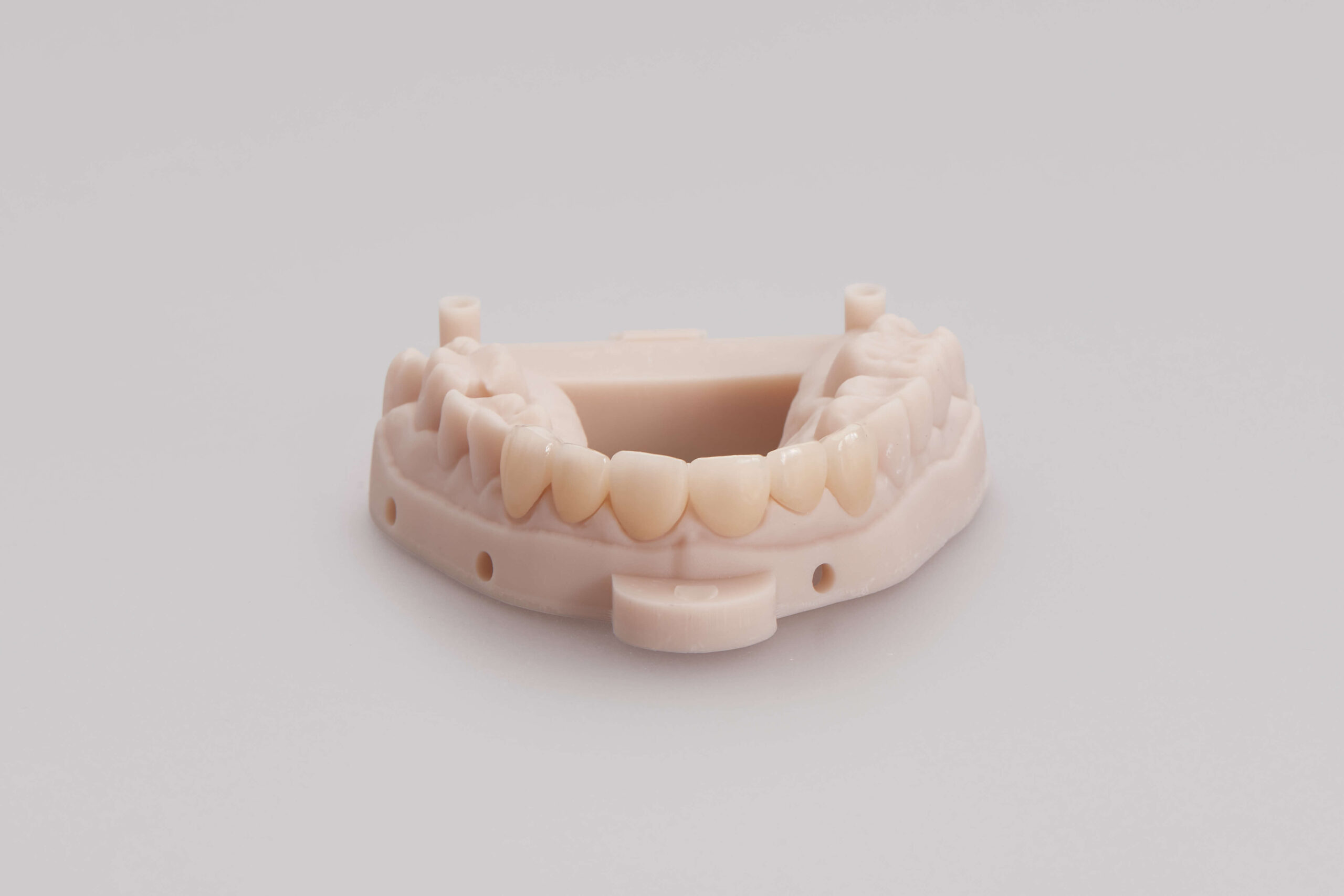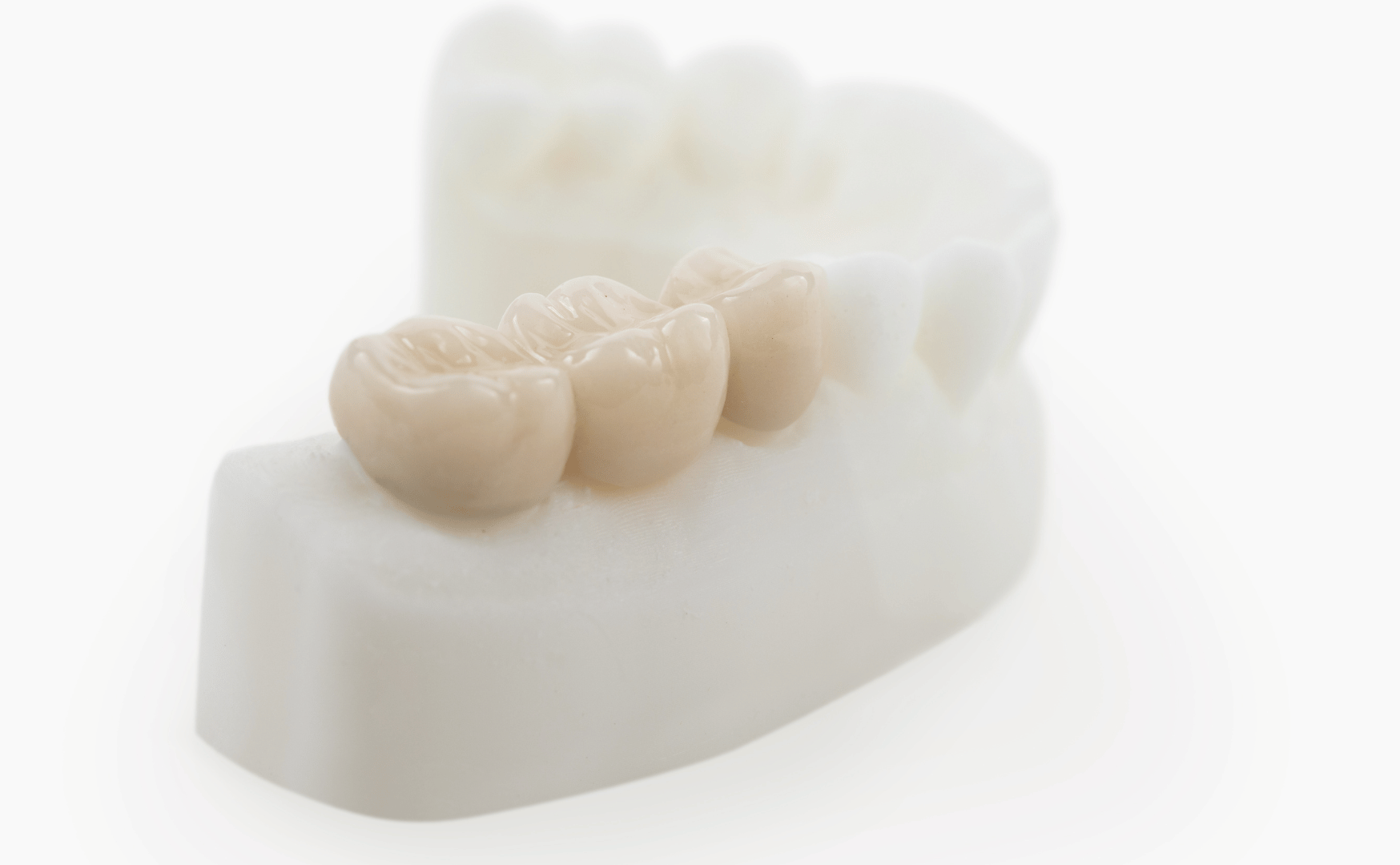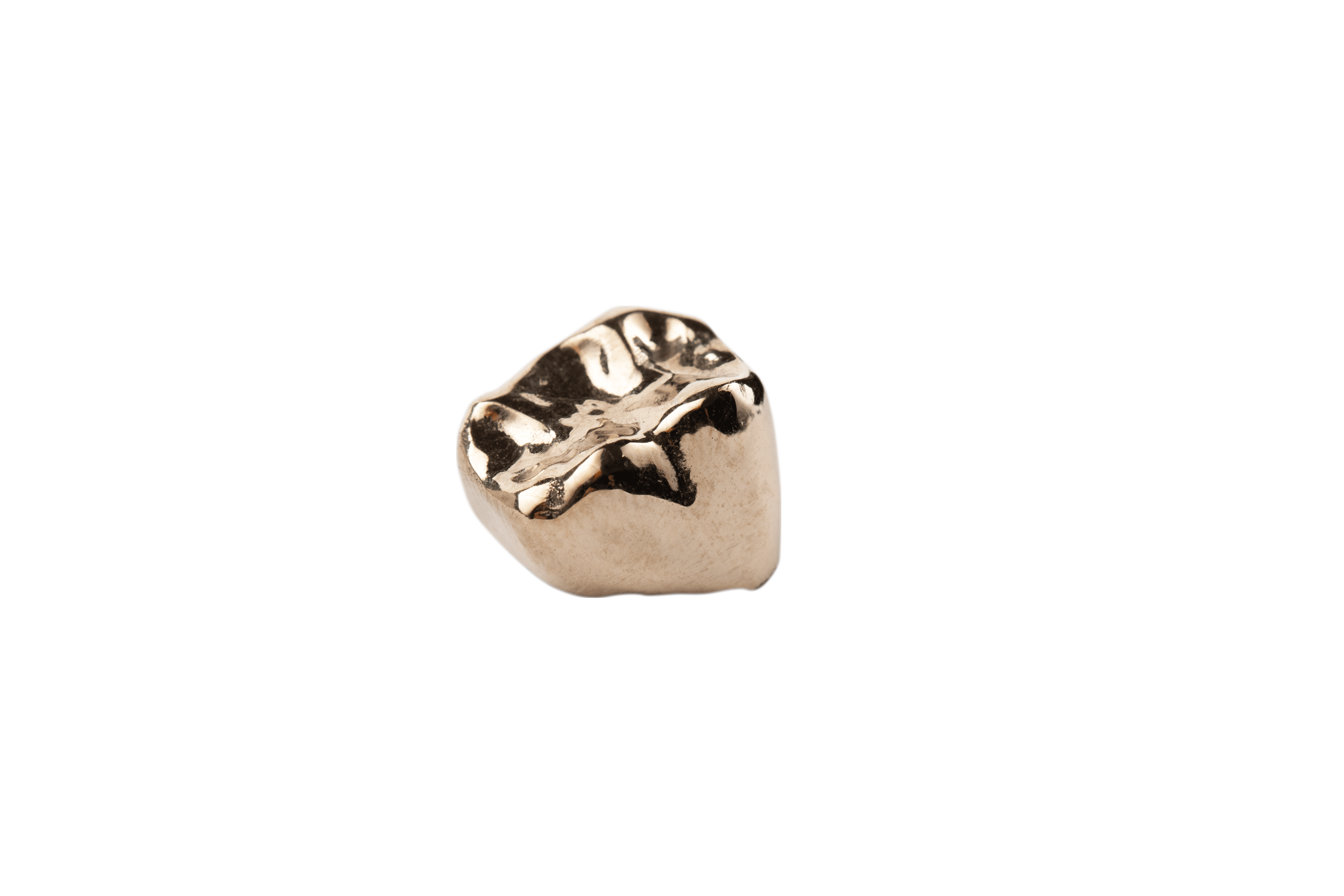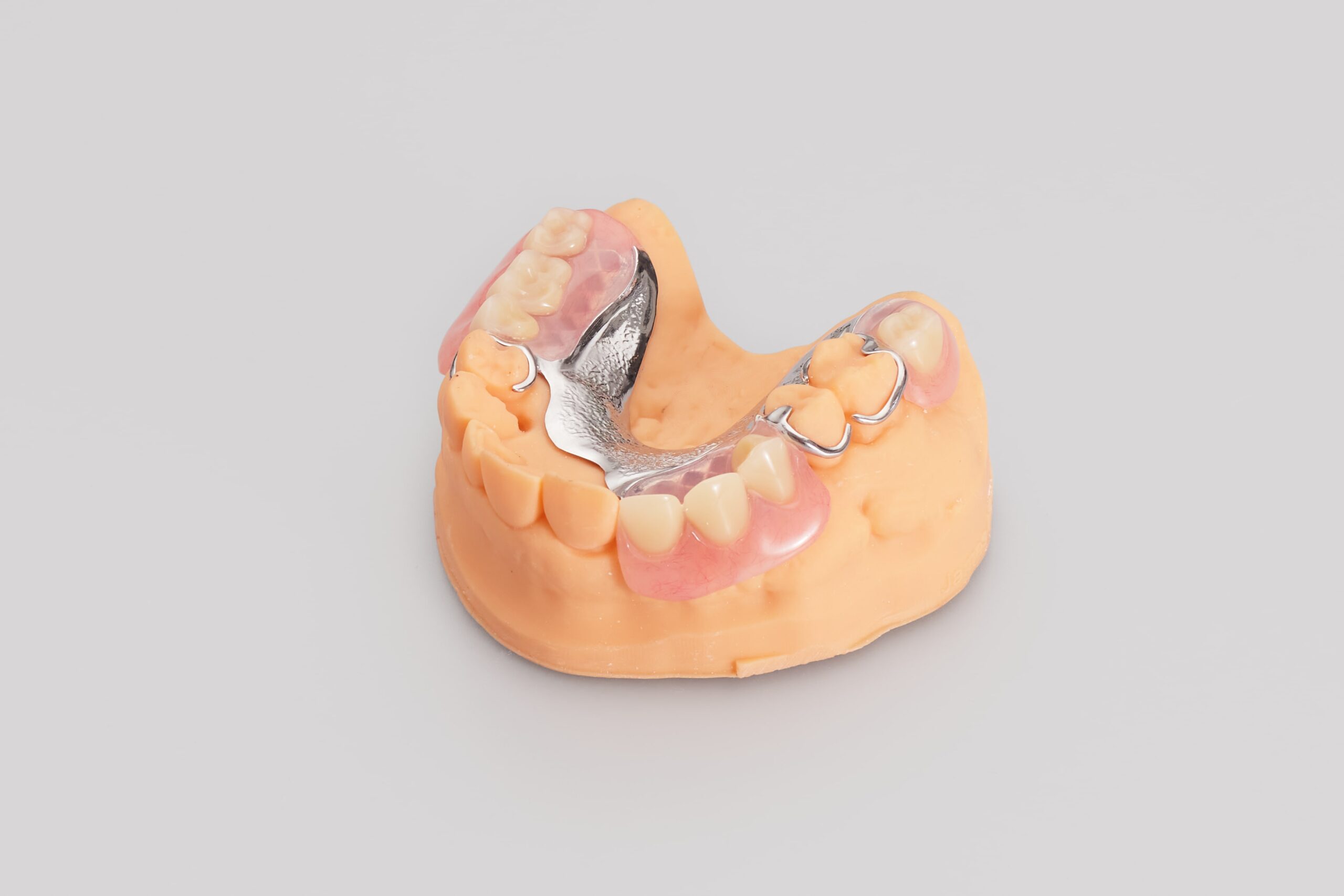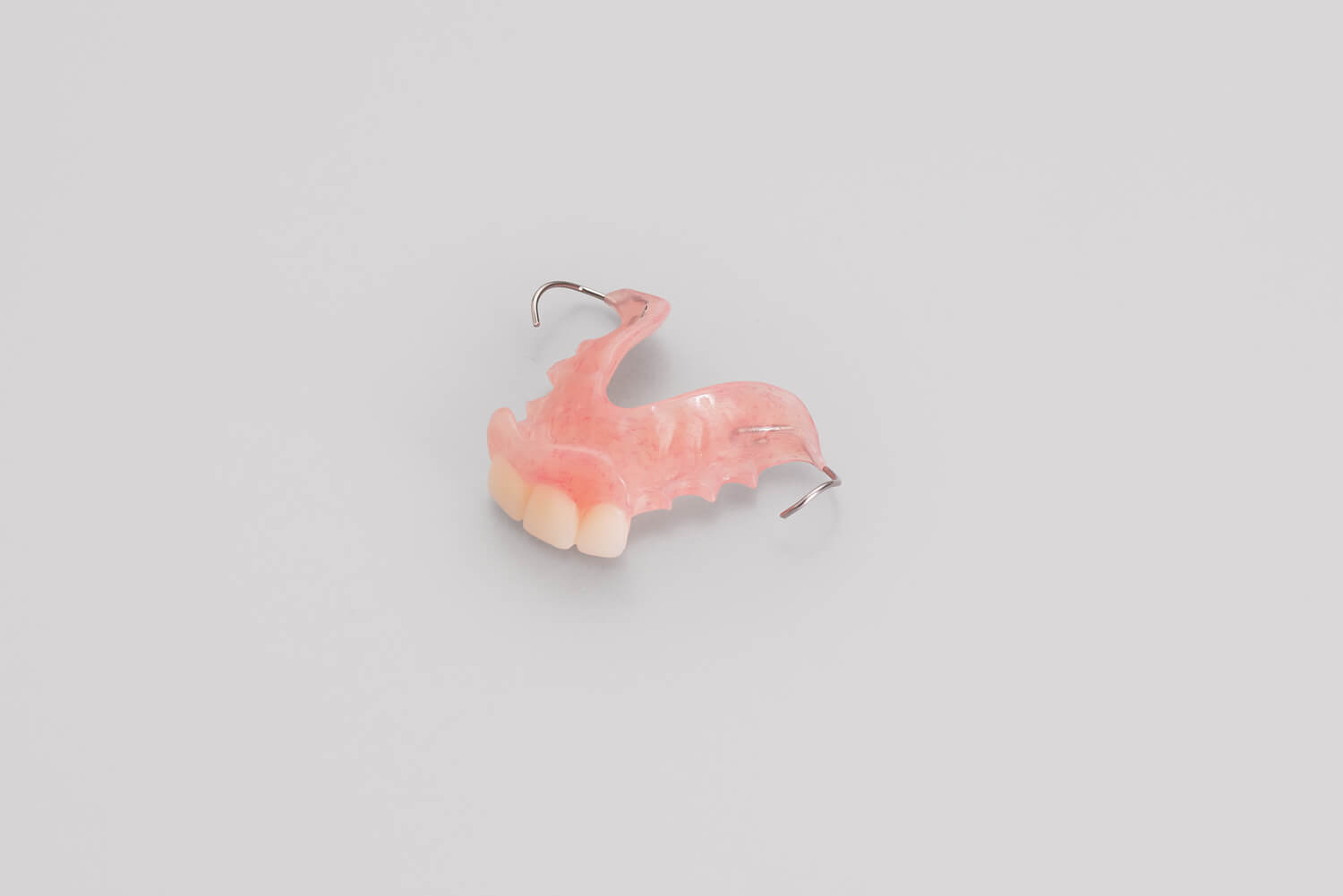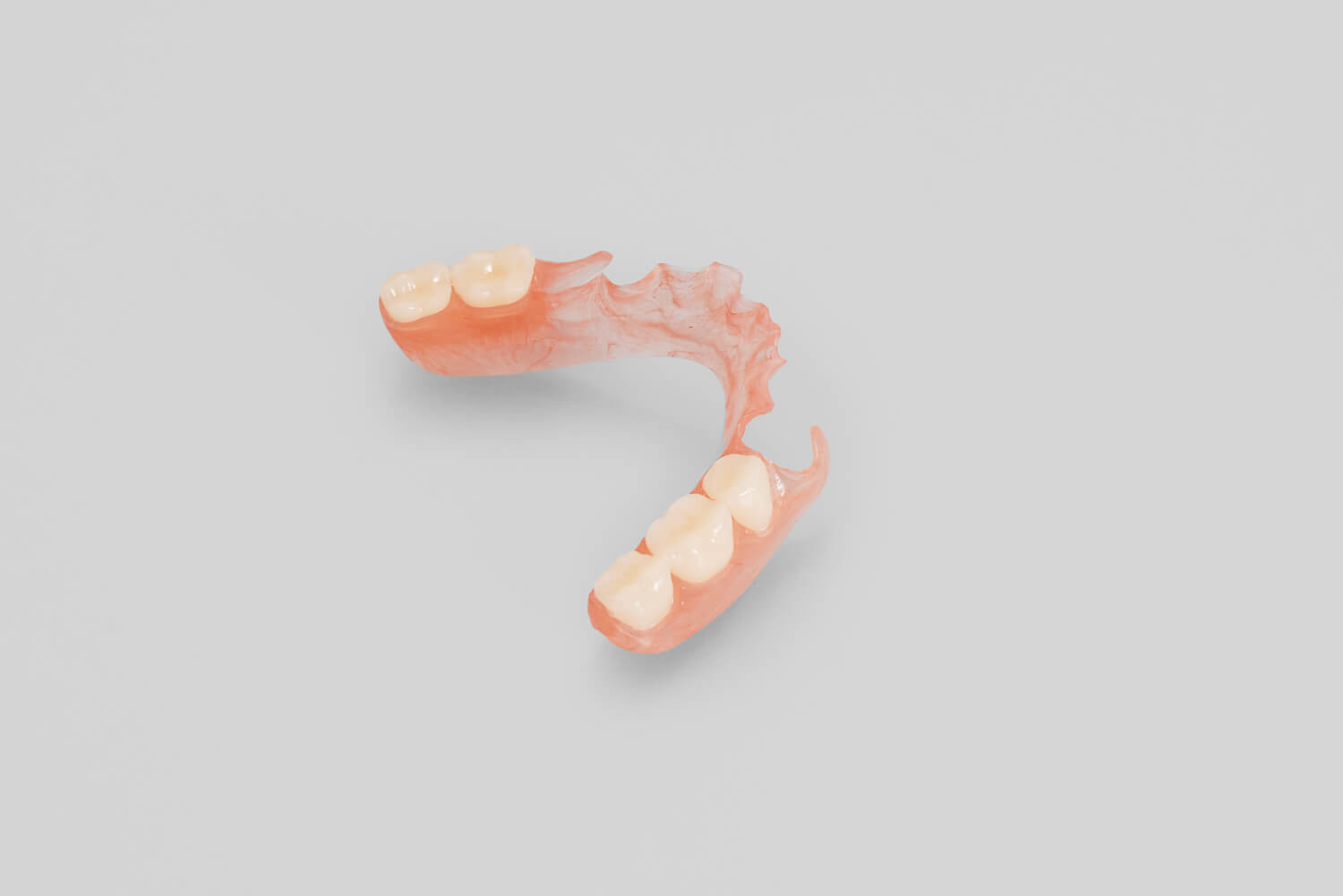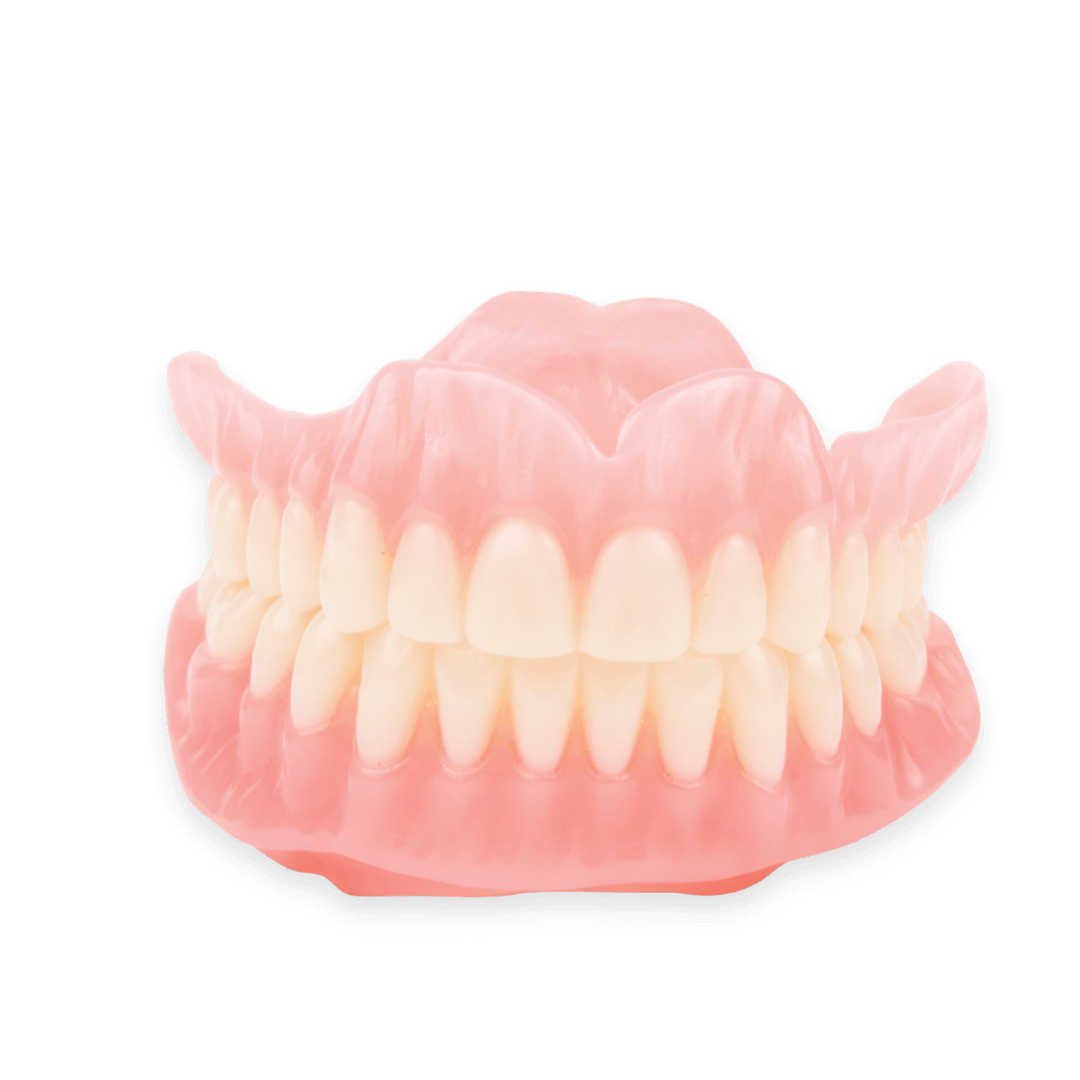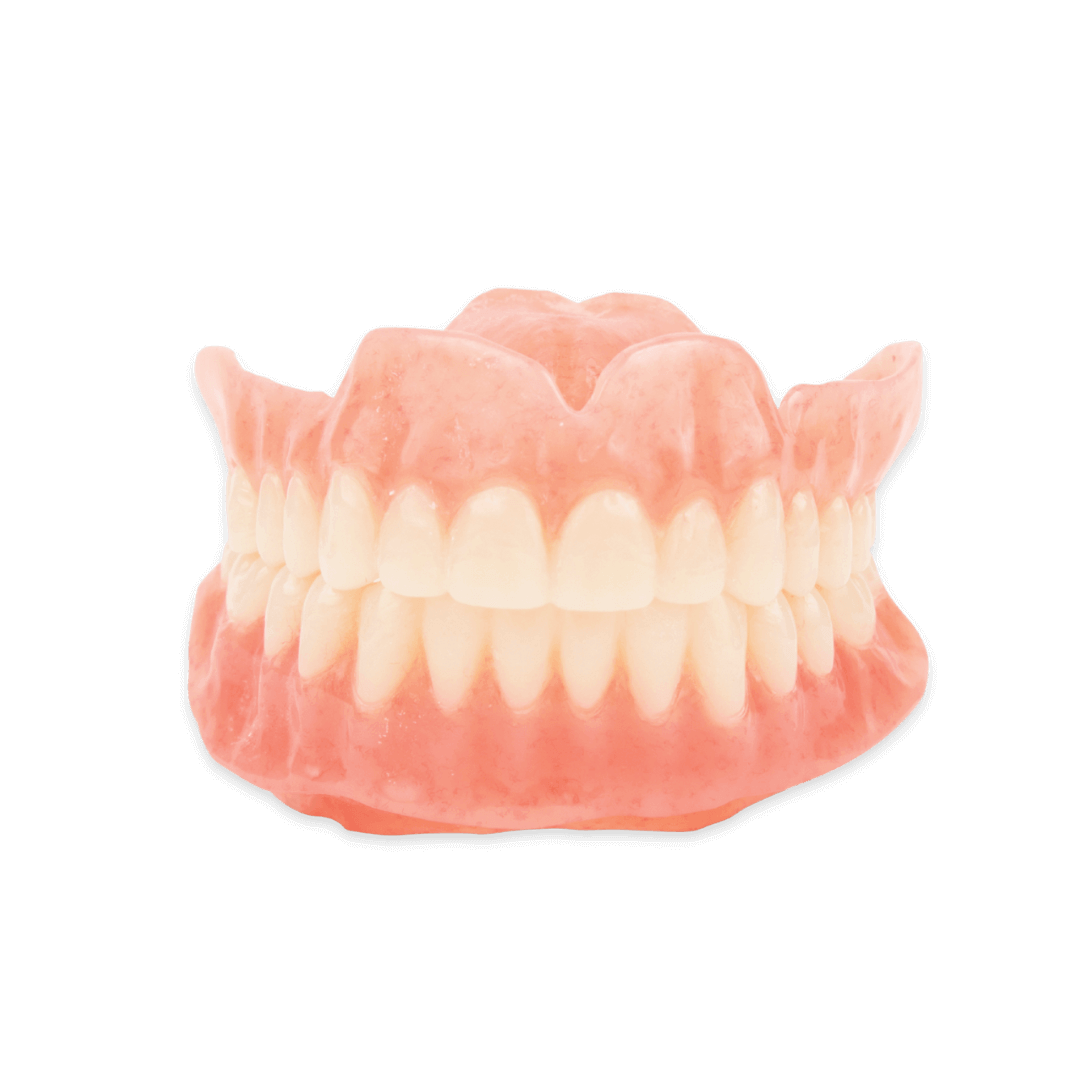Mandibular Advancement Devices
Many patients with mild-to-moderate OSA (obstructive sleep apnea) are seeking alternatives to CPAP devices.Dandy helps practices take advantage of this fast growing segment in the dental industry.
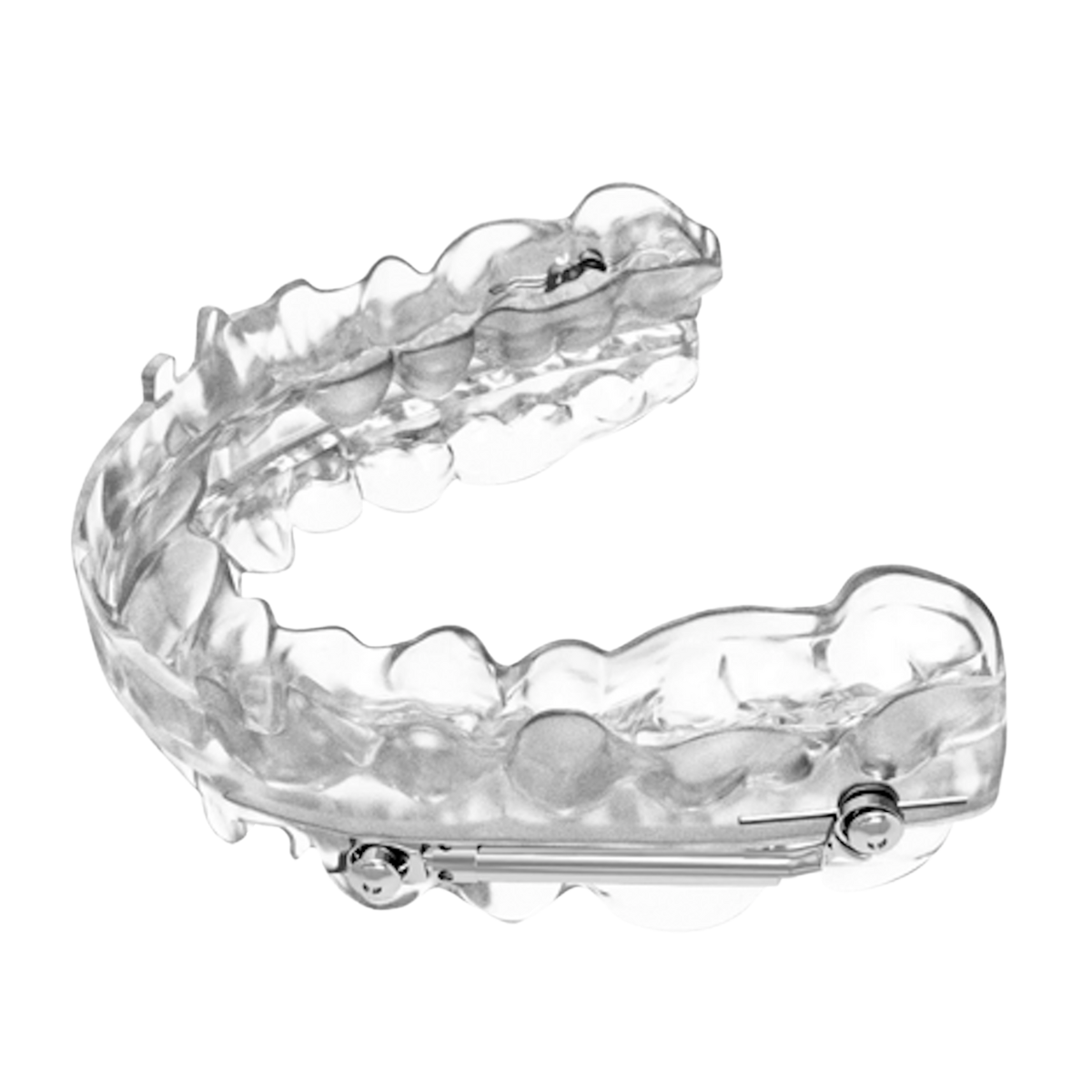
Take some time to learn more about taking your practice digital with the nations first and only digital dental lab.
Take some time to learn more about taking your practice digital with the nations first and only digital dental lab.
Quality enhanced by technology
Expand your practice offering with sleep apnea oral appliances
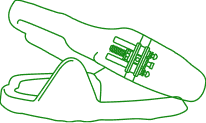
Grow your practice with mandibular advancement devices
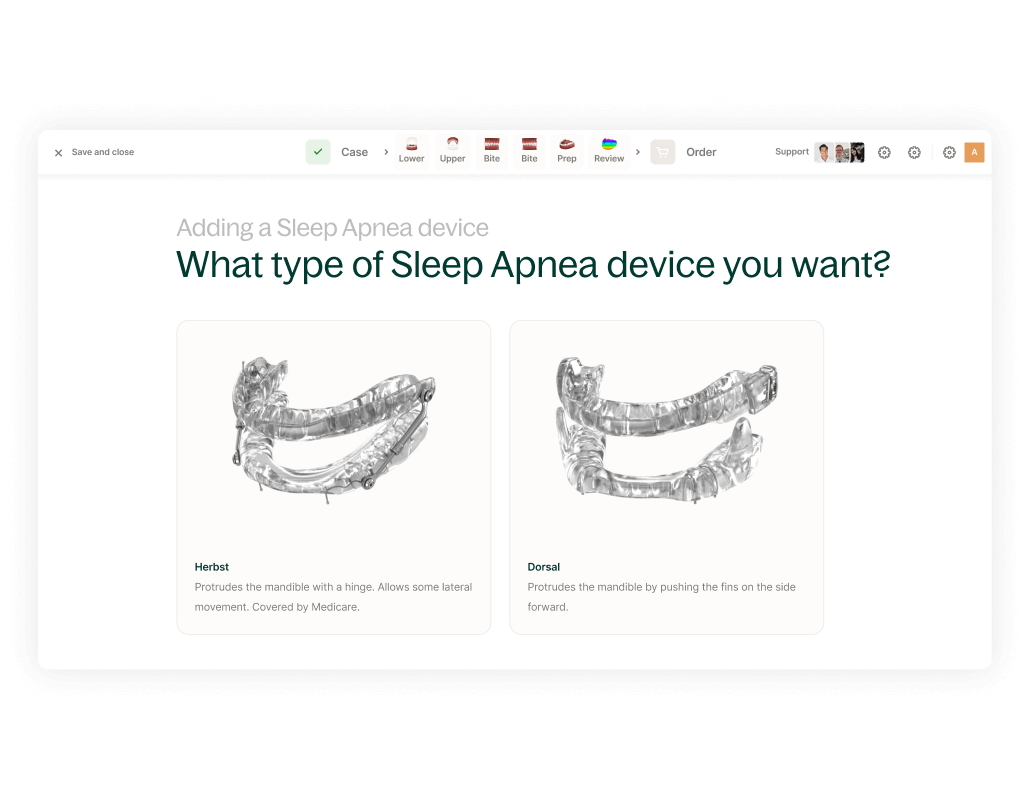
For several patients, an oral appliance for sleep apnea is a better solution to sleep apnea than CPAP. CPAP machines have been reported to be uncomfortable and harder to get used to sleeping with, whereas mandibular advancement devices are:
- Easy to use and adjust
- Come with detailed instructions for your patients
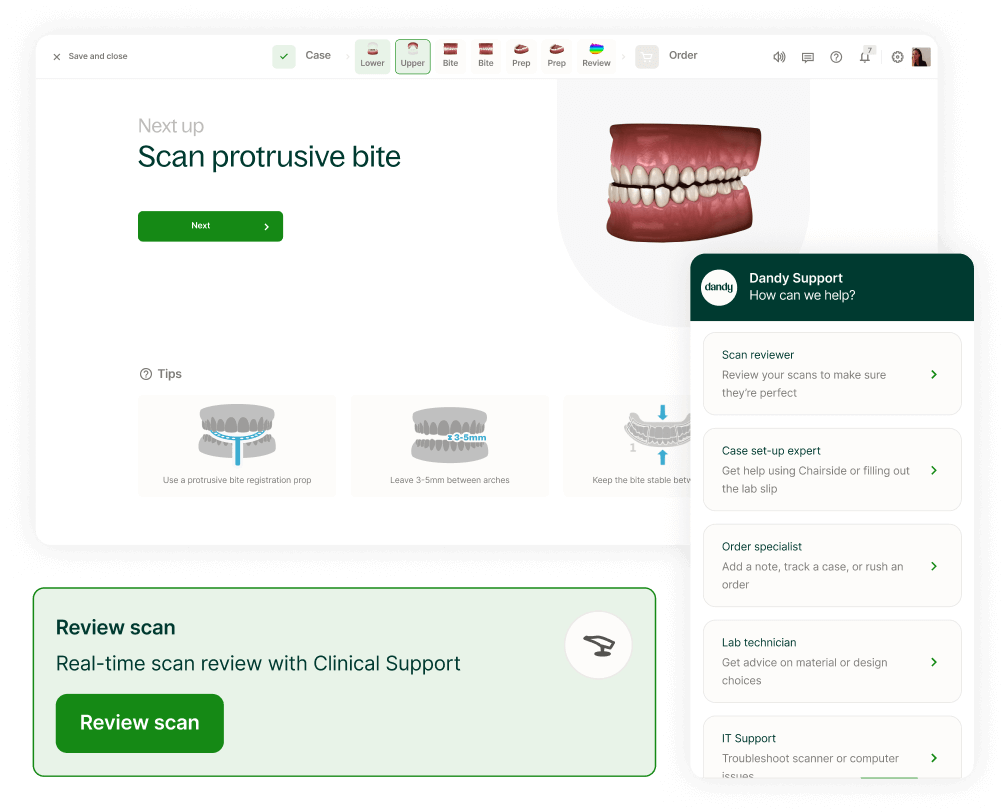
We provide your practice with the education, enablement, and clinical support necessary to confidently treat sleep apnea.
- CE-accredited training
- Training for your whole team
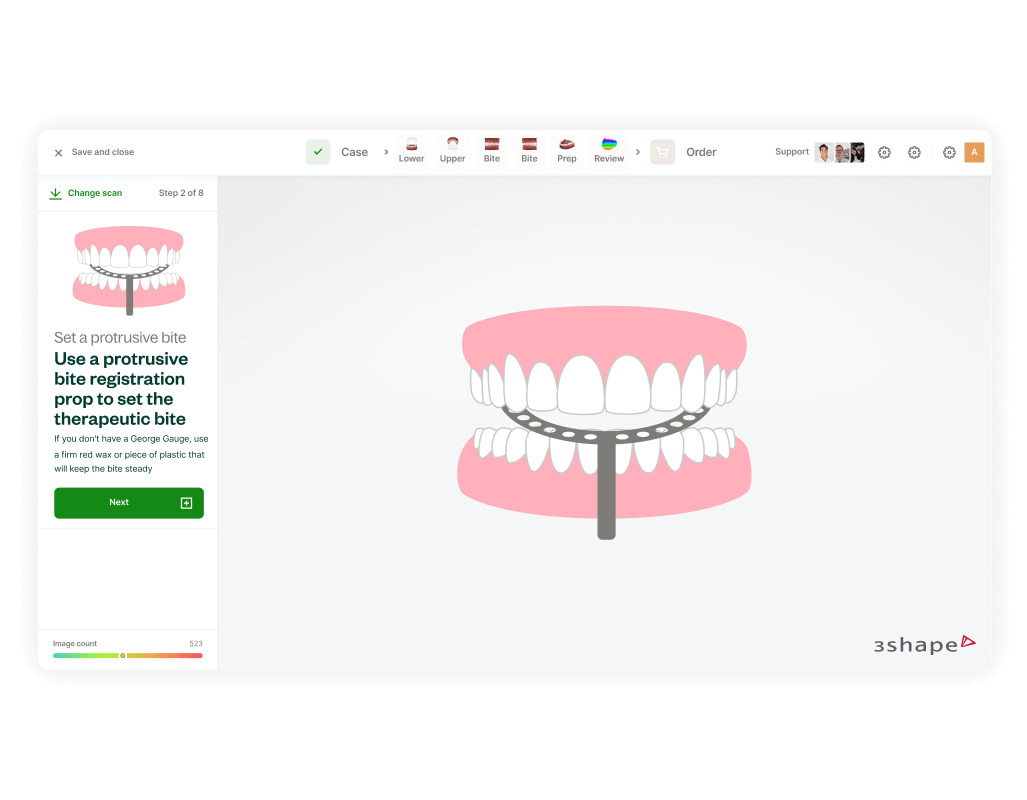
In order to capture the information needed to create a mandibular advancement device, digital impressions should capture the upper arch, lower arch, and protruding bit scans. Some key tips:
- Capture all the way around back molars on upper and lower scans.
- Keep the jaw stable with no movement between each bitescan.
- Avoid holes and distortions.
Turnaround times
Our mandibular advancement splints are delivered on time, consistently.

Go digital for every case
- Herbst Appliance
- Dorsal Appliance
See how much you can save with by switching to a 100% digital lab with Dandy’s Cost Savings Calculator.
Learn more about mandibular advancement devices
Ready to upgrade your practice offerings?
Take some time to learn more about taking your practice digital with the nations first and only digital dental lab.
Explore other Dandy products
Mandibular advancement device FAQ
Mild and moderate sleep apnea.
Protruding the lower jaw until the patient is not able to easily snore and then it is held in place with a bite gauge.
They can, which is why we include a free morning repositioning device, which is a simple tray that reminds jaw muscles how to move into the natural bite position after using a sleep apnea appliance, with every Dandy Herbst and Dorsal order.
There is no formal requirement to prescribe but the AADSM recommends that they be a qualified dentist, which can be achieved by taking the course listed on the AADSM website.
Dandy offers Herbst and Dorsal appliances as solutions for treating sleep apnea.
The Herbst sleep apnea appliance is covered by Medicare. It’s also more comfortable for the patient, with thinner sides and material that allows for more excursive and lateral movements.
The Dorsal sleep apnea appliance completely separates the arches allowing more vertical movement. There is also no metal hinge in the appliance.
There are four widely accepted intraoral appliances for sleep apnea: Herbst, Dorsal, TAP, and EMA. There are other lesser used appliances, but they are less proven in clinical efficacy. Of the main four appliances listed, Dandy holds the belief that the Herbst and the Dorsal are the best options. And that together these provide a strong sleep apnea offering that can meet different types of patient needs.
The TAP and EMA appliances are widely used but have downfalls:
- The TAP locks the patient’s arches together, limiting essentially all movement vertically and horizontally. This can be very uncomfortable for the patient; it may be particularly troublesome for patients who have bruxism.
- The EMA appliance is a cheaper alternative. However, the mechanism depends on acrylic notches and rubber bands; this system has been found to be less durable.
Long term, Dandy is exploring expanding our sleep apnea offering. While there are downsides of the TAP and EMA appliances, there are some cases where they work well and some patients may prefer them.
Sleep apnea is a great way to increase practice profitability. Sleep Apnea falls under the category of Medical Insurance which provides relatively high reimbursements (approximately from $3,000-$5,000) for these appliances compared to other potential lab products (i.e. crowns, night guards, etc). Note that medical reimbursements fluctuates with geography and insurance plans. In some states this reimbursement could be even higher. Regardless, this presents a very profitable product.
In addition to high reimbursements, delivering this product only requires two short appointments:
- Scanning appointment- takes roughly the same time as night guard scanning
- Delivery appointment. – useful to explain how to use the device and to make chair side adjustments. Dandy provides instructions to facilitate patient education for the dentist. Chair side adjustments can be expected to be limited because these are digitally milled, creating an ideal fit.
Therefore, the input costs of chair time and scanning time are low relative to the payout.
The common oral appliances for sleep apnea are as follows:
Mandibular Advancement Devices (MADs)
Mandibular advancement devices are the most widely used sleep apnea dental appliances and are designed to hold the lower jaw and tongue forward, which helps to keep the airway open during sleep. MADs are usually custom-made. The most common types are the Herbst and Dorsal sleep apnea appliances.
Continuous Open Airway Therapy (COAT)
COAT consists of a small plastic mouthpiece worn in the mouth. The mouthpiece is designed to keep the airway open by using a vacuum to pull the soft palate forward.
Tongue Retaining Devices (TRDs)
TRDs use a suction cup or similar mechanism to hold the tongue forward. This prevents the tongue from falling back and blocking the airway during sleep.
Nasal Dilators
This device is inserted into the nostrils to help keep them open during sleep. They are often used by people with nasal congestion or other issues that make breathing through the nose difficult.
Some mandibular advancement devices have potential side effects, such as soreness in the jaw and teeth, and may not be suitable for all patients.
